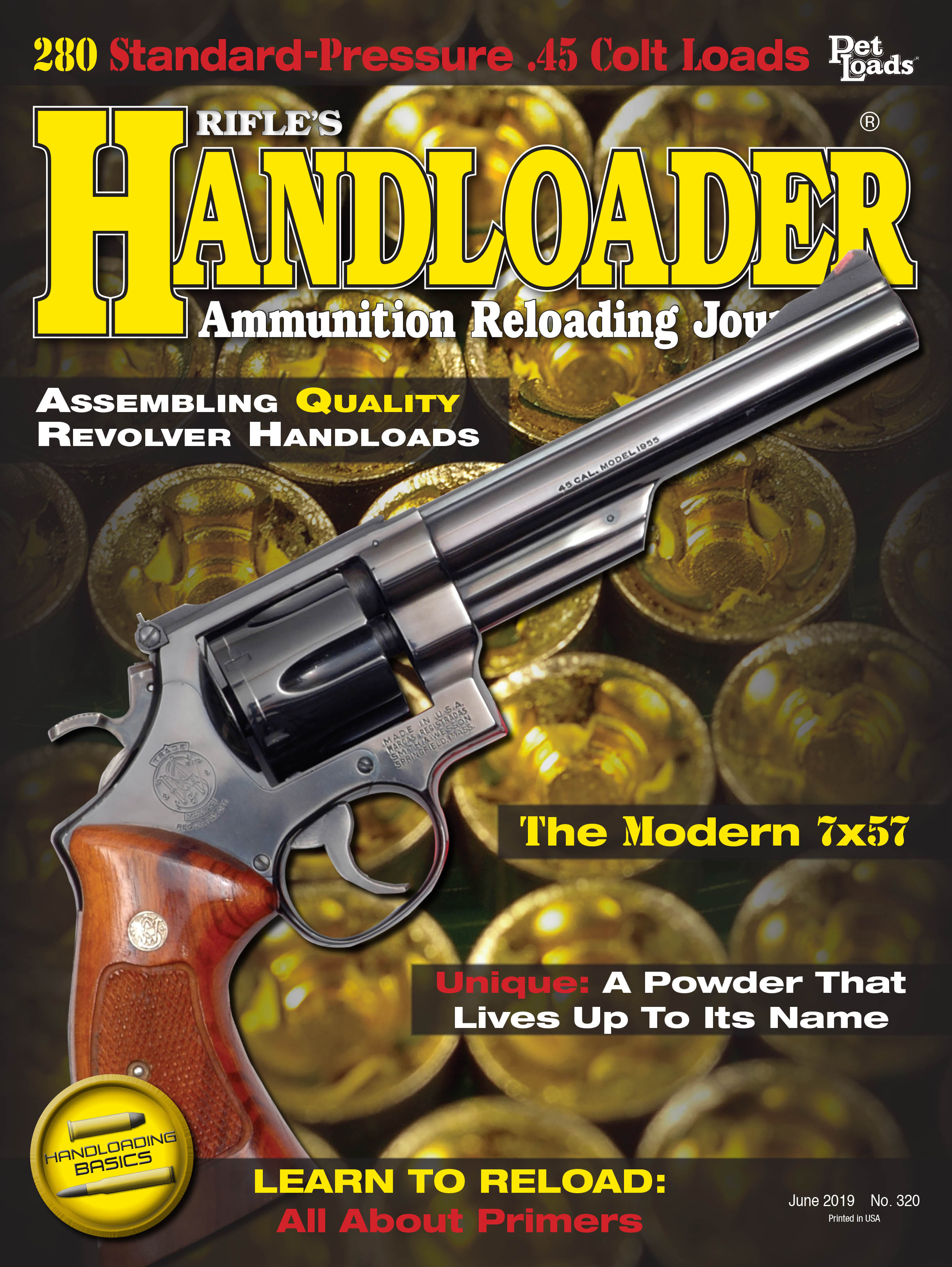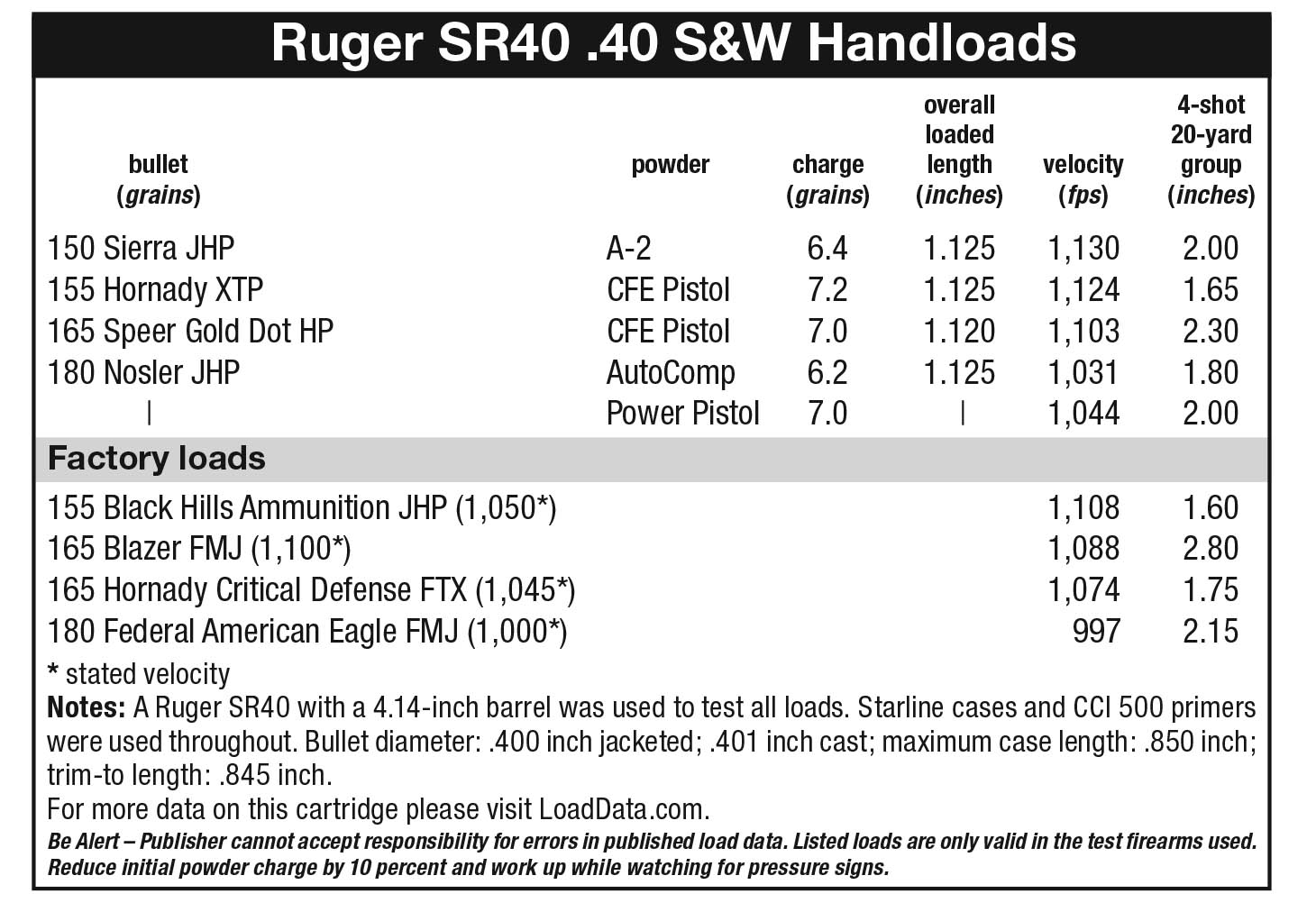From The Hip
Ruger SR40
column By: Brian Pearce | June, 19
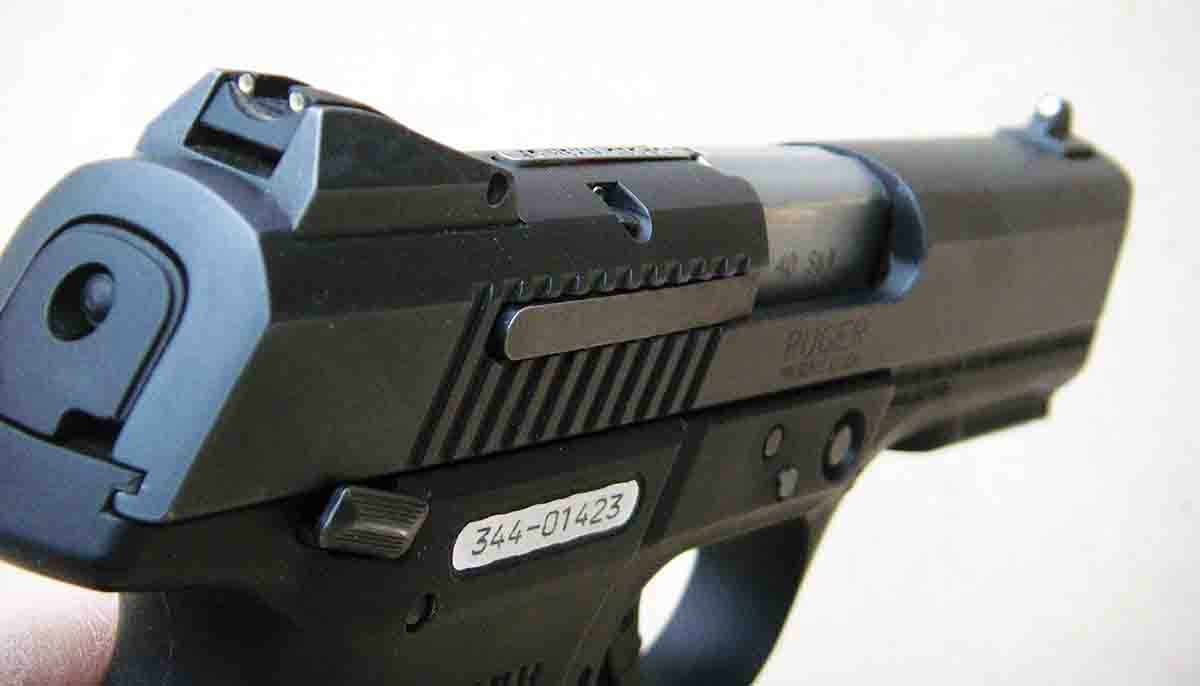
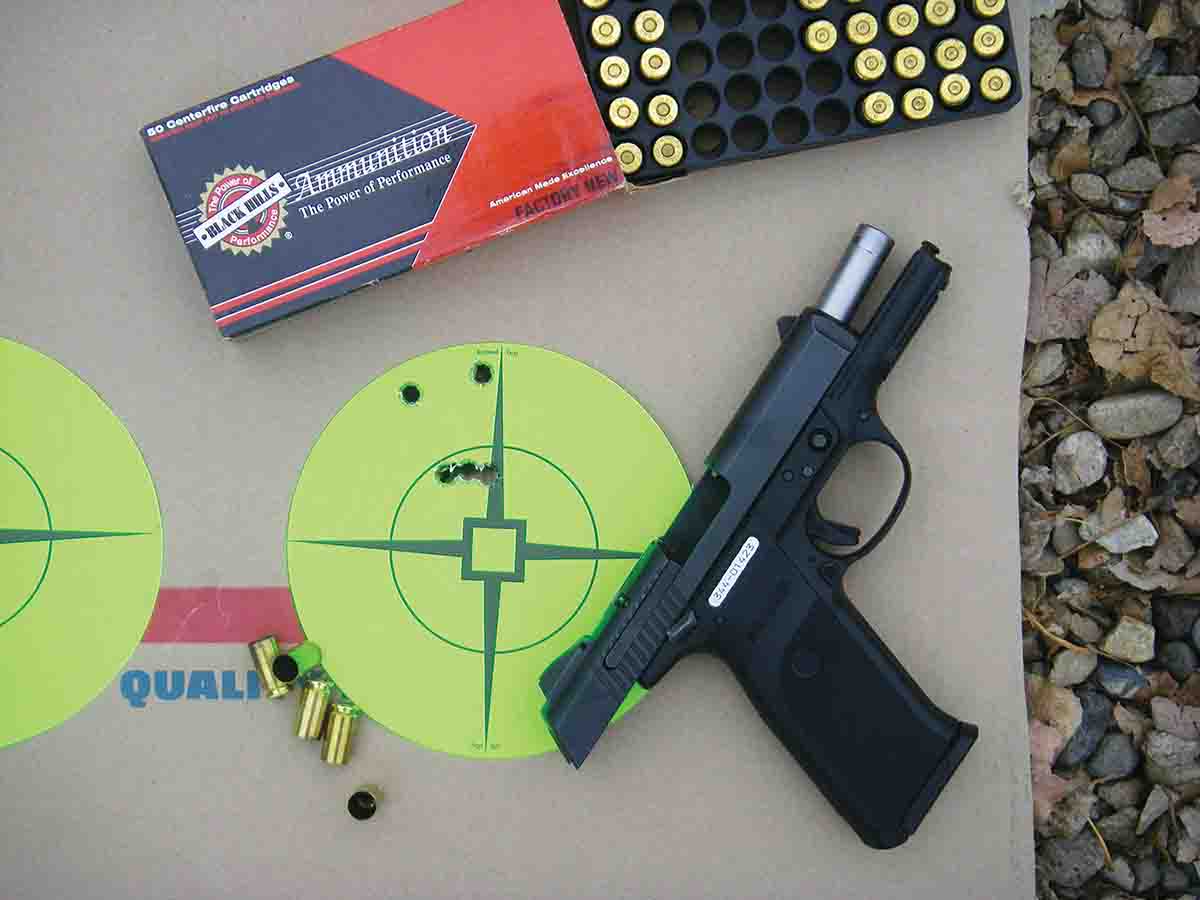
Ruger’s first centerfire auto-loading pistol was the P85 9mm that was first produced in 1987, but that design was soon improved with the P89 in 1992, with many additional model variants being added. While these guns were popular, there was room for additional modernization. This brings us to the firm’s Model SR40, which shares very limited similarities with the above P series. It is a fine pistol that offers reliability and accuracy. It’s lightweight and is capable of serving well in any defensive or service role.
While the SR40 is available in many configurations including compact versions for concealment, the full-size Model 3471 was selected for this column. It is striker-fired, fully
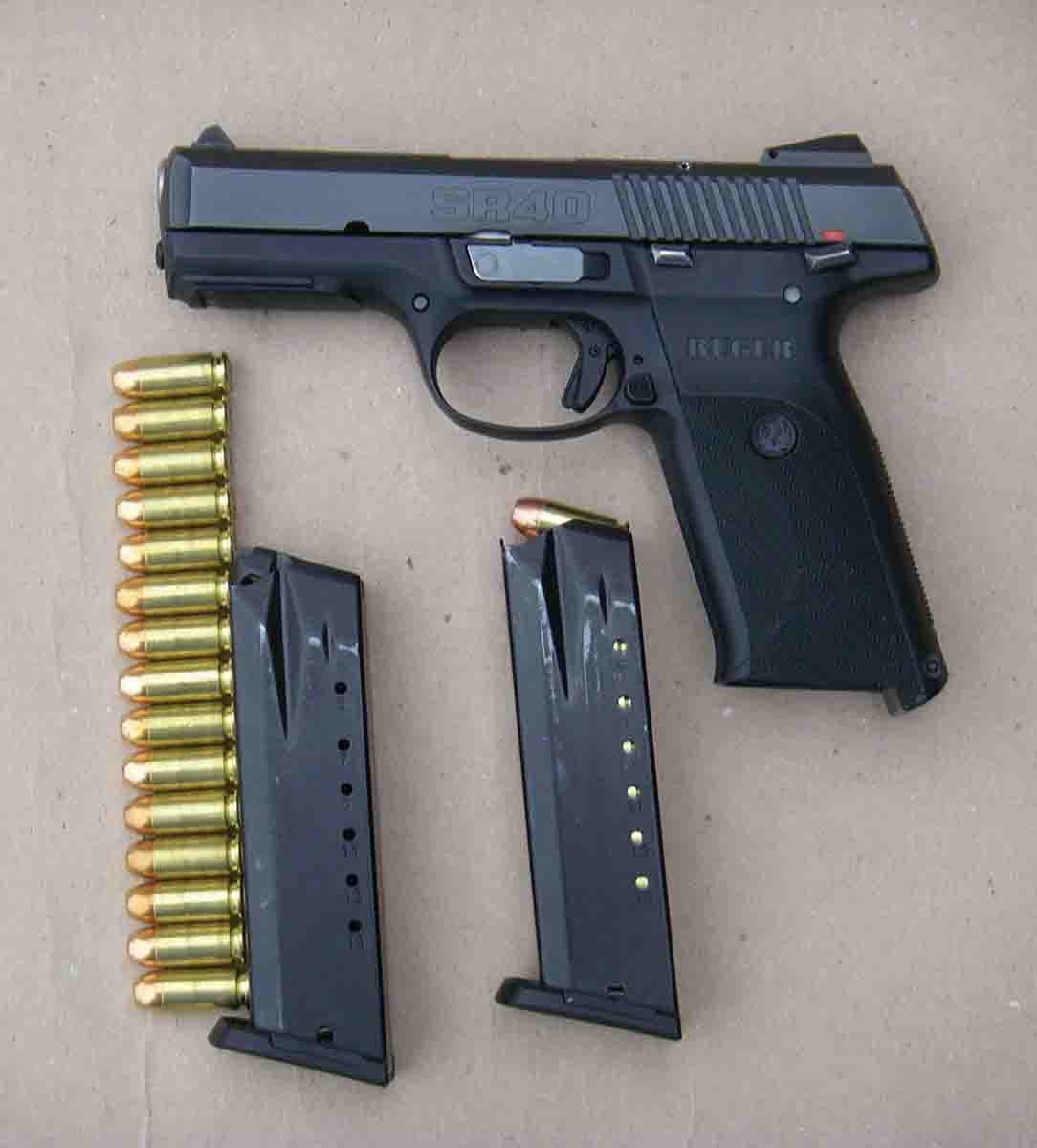
The barrel, with a 1:16-inch twist, is beautifully made with a mirror-like, bright internal finish that produced minimal fouling during numerous shooting sessions.
The SR40 has many desirable features. For example, the rear sight is adjustable and features two small white dots. The front sight is raked forward for snag-free holster drawing and features a large white dot. Both are dovetailed into the slide for strength and durability, and they are robust and very unlikely to break. However, for handgun enthusiasts who want fixed
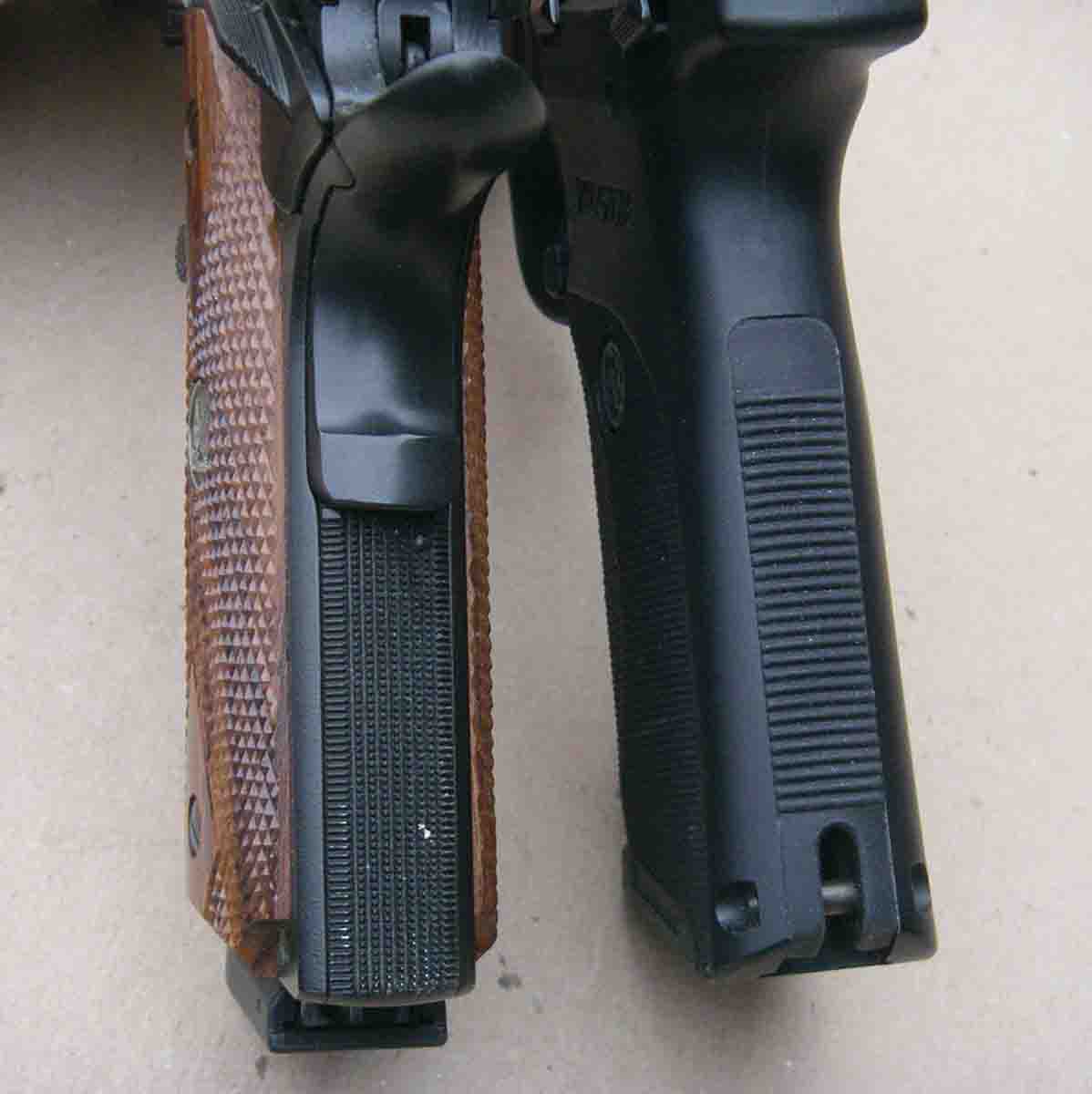
In addition to a two-piece trigger that features an inner (aka pivoting safety lever) and outer trigger assembly that serves to prevent negligent firing unless the trigger is deliberately pulled, which is a good safety in its own right, there is also an ambidextrous thumb safety. It is small, unobtrusive and especially easy to operate. It is noteworthy that many shooters prefer to use the SR40 without engaging the thumb safety and rely only on the inner trigger safety lever, like the Glock system, which keeps operation extremely simple and uncomplicated during a stressful defensive situation. However, other shooters will appreciate having the option to use the thumb safety.
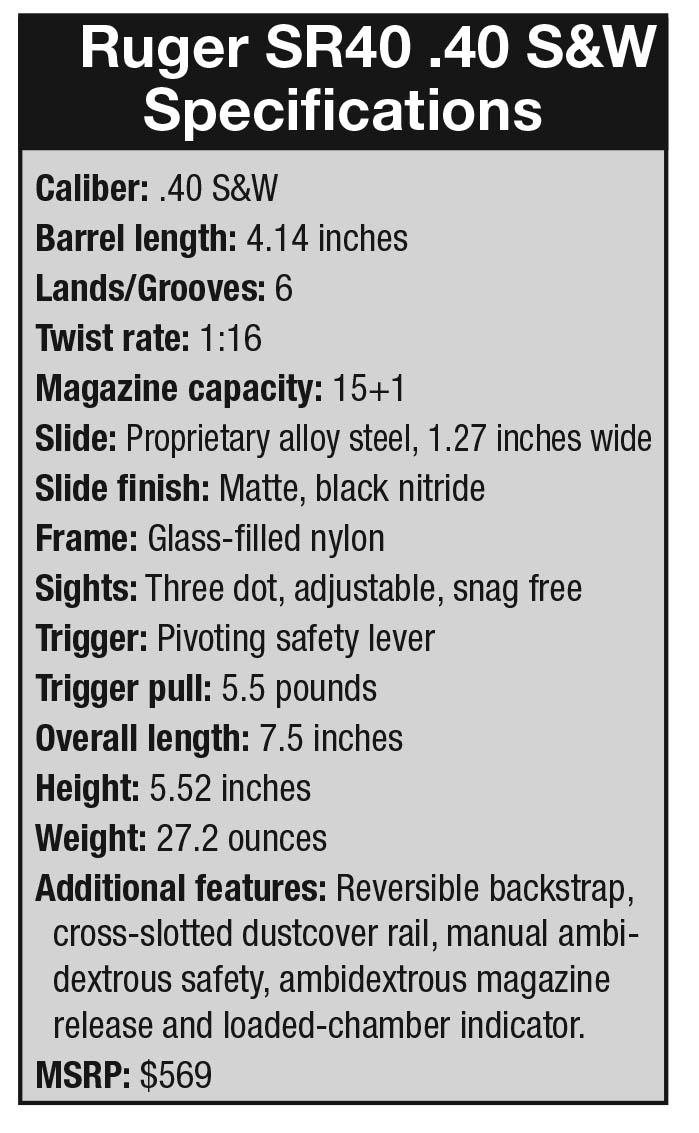
The first time I handled and fired the SR40, the grip frame size and shape was one of its design features that really stood out. Unlike most competing high-capacity pistols, it is narrow and very similar in dimensions (including angle) to the classic Model 1911. For comparison, the SR40’s grip width measures 1.175 inches at the widest point while a Wilson Model 1911 measures 1.295 to 1.310 inches, making the SR40 slightly narrower.
There is a slight relief at the top and back of the grip frame that accommodates the loose skin, or web, located between the thumb and first finger, which is actually very comfortable and feels natural. The backstrap is reversible and can be changed to an arched or flat profile to more or less duplicate the mainspring housing of the Model 1911. If a person is currently shooting a Model 1911, the Ruger SR40 will offer similar feel and natural pointing characteristics.
It is also noteworthy that Ruger carefully engineered the SR40 to feature a very low bore axis in relation to the grip. This serves to reduce muzzle rise during recoil, allowing faster target acquisition between shots and reducing felt recoil, at least to this shooter. Furthermore, Ruger designed the slide, guide rod and recoil spring to reduce slide velocity, which further reduces recoil. All of the above features combined make the SR40 comfortable to shoot even with full-power defense loads.
The steel magazines are high quality; however, I would like to see a tough plastic version also offered. Incidentally, there is a lip, or ridge, on the bottom of the magazine that allows it to be “pulled” out with the thumb and forefinger in the event of a jam or double feed that prevents the magazine from dropping out on its own. Furthermore, the pistol can be fired without a magazine, which is a very desirable feature.
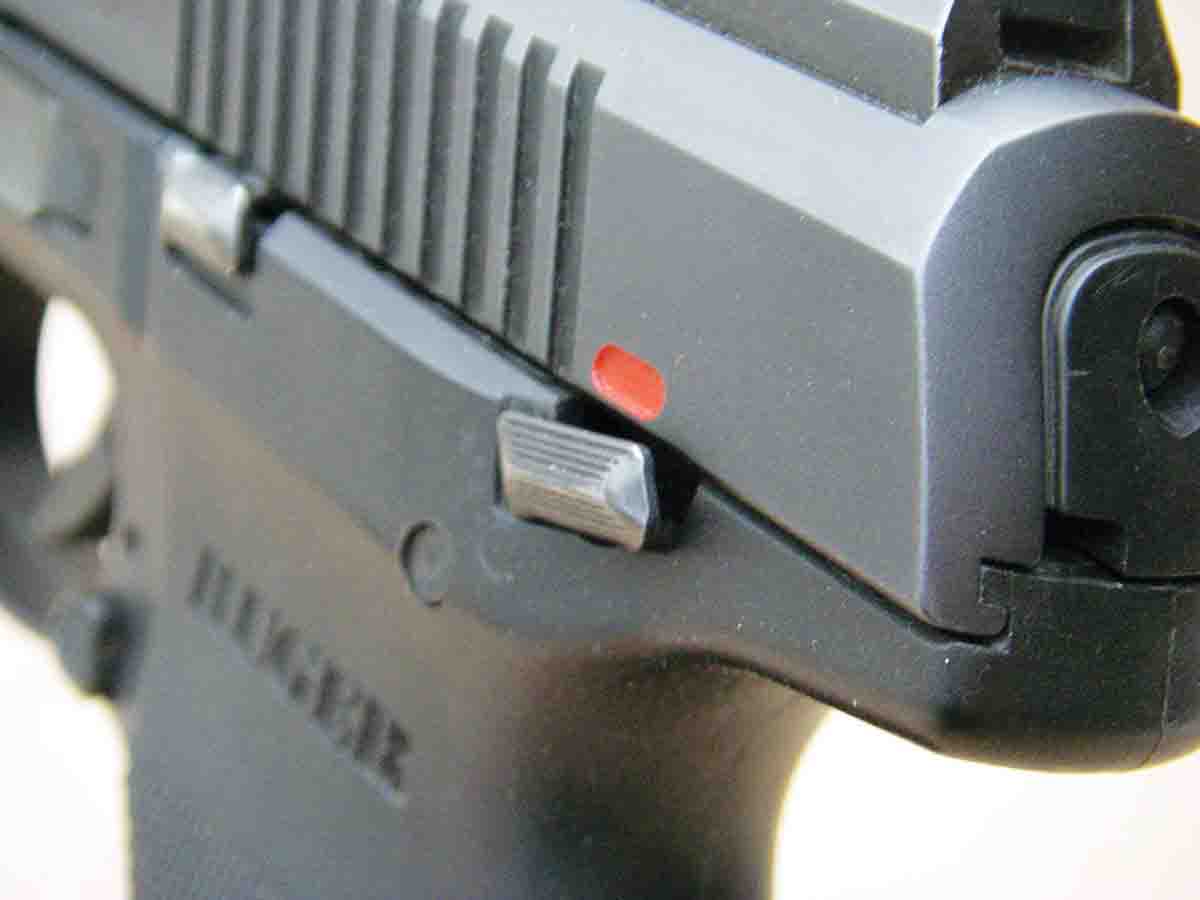
The thumb safeties, magazine releases and slide release are small, snag free and easy to operate. The slide release, however, is rather stiff, and some shooters need to use both thumbs to push it hard enough to release the slide. An option is to insert a loaded magazine then pull the slide back and release it to chamber a round.
Several factory loads were checked for function and reliability. There were no malfunctions or misfires, and accuracy was good. For example, using Black Hills Ammunition 155-grain JHP loads (1,108 fps), five-shot groups typically stayed under 2 inches at 20 yards with a couple of groups measuring close to 1.5 inches. Hornady’s Critical Defense 165-grain FTX
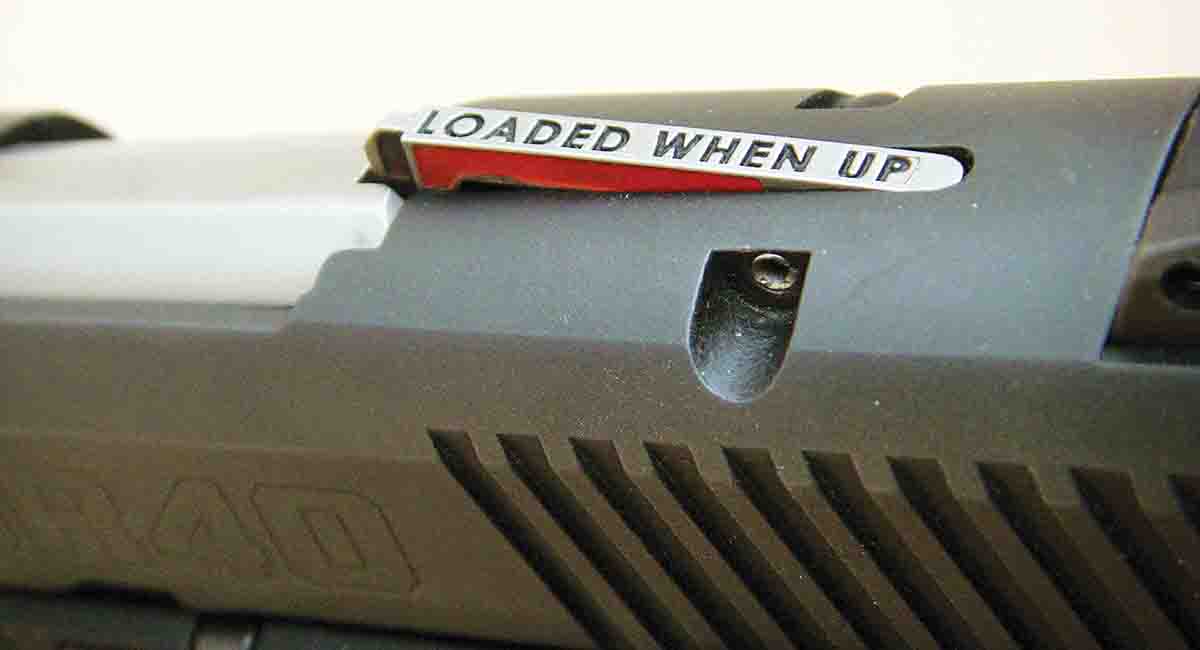
As can be seen in the accompanying table, a few handloads were also developed using Starline cases. Notable performers included the Hornady 155-grain XTP bullet pushed to 1,124 fps using 7.2 grains of Hodgdon CFE Pistol powder. Accuracy was very similar to the Black Hills load, with select groups measuring just over 1.5 inches at 20 yards. The Speer 165-grain Gold Dot HP bullet loaded with 7.0 grains of CFE Pistol powder provided velocities over 1,100 fps. This load offers an excellent blend of expansion and accuracy. Nosler’s 180-grain JHP pushed to 1,031 fps using 6.2 grains of Winchester AutoComp powder regularly produced groups of 1.75 to 2 inches.
The SR40 is 100 percent made in the U.S. in Prescott, Arizona. In addition to quality, this Ruger pistol is feature-loaded, is ergonomically designed with a comfortable 1911-styled grip and is accurate and durable. With a MSRP of $569 it is competitively priced.


